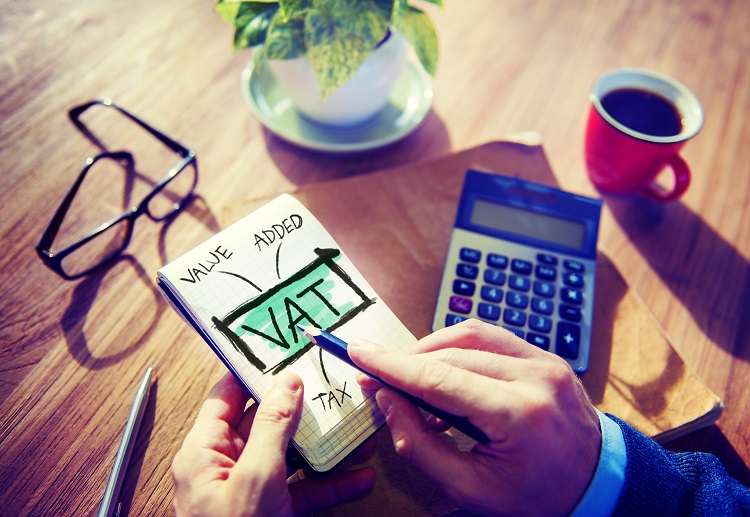Simplify VAT To Save Time And Money
16th Aug 2022

There is not just one way to account for VAT. There are various ways for small businesses to choose from, so it is vital that they choose one that is right for them. VAT doesn’t have to be as daunting or as complicated a task as it is often made out to be. Here are some ways to simplify VAT to save time and money.
Registering for VAT is something that needs to be considered by all businesses, regardless of whether they are currently registered or not. VAT registration is currently compulsory for those businesses with a minimum of £85,000 turnover within the previous 12 months. For those businesses that are not currently registered and do not qualify, they will need to keep a close eye on their total turnover and ensure that they are ready to register in plenty of time.
What is the standard VAT method?
The standard VAT method usually consists of returning all the VAT on your sales and purchases which leads to your getting a refund or making a payment depending on the difference. This process is done either monthly or quarterly - either way, there's a lot you can do to simplify VAT.
This option is the default method and is used by many companies. However, it is not the only option available and may not be the best method for your business. In fact, doing this standard VAT method can actually end up costing your time and money.
The good news is, there are alternatives to the standard method which may be a more appealing option for you to consider to simplify VAT.
Annual Accounting Scheme
One of the major drawbacks of the standard VAT method is that the process is done several times a year, the main reason why it takes a lot more time. The Annual Accounting Scheme, however, as the name suggests, only involves one VAT return per year alongside nine monthly or three quarterly advance payments made towards the total VAT due. A balancing payment is then made for any outstanding VAT. This scheme is available to those businesses whose turnover is less than £1,350,000
This method brings many advantages over the default method explained earlier to simplify VAT. These benefits include:
- Only one VAT return is submitted. This reduces the number of filing deadlines you will have per year and will reduce the possibility of occurring late filing penalties substantially
- You will know in advance when the interim VAT payments will be which allows you to plan in advance and can significantly help improve your cash flow throughout the year
- The VAT return is submitted two months after the year-end instead of the usual one month
As with anything though, there are two sides to the story and there are some potential drawbacks to the scheme which you will need to be aware of. If there are any significant changes in the business expenses during the year, the amount of VAT paid on account might be excessive.
Flat Rate Scheme
Another scheme to consider that could help you simplify VAT is the flat rate scheme. A fixed-rate of VAT is paid to HMRC based on a percentage of gross turnover. This percentage is based on your industry sector and businesses with an annual turnover of less than £150,000 excluding VAT can use this option.
Businesses under this scheme that have limited costs have to use a flat rate of 16.5%. Although this method potentially will only save a business a small amount of money, it can save a significant amount of time due to the simplified method. You do not need to worry about recording the VAT on your routine expenditure and will reduce the amount of time it takes to calculate, simplifying VAT. This makes it an appealing option to some businesses where extra time is desperately needed.
Cash Accounting Scheme
Another alternative to the standard VAT method is the Cash accounting scheme. This option is also available to businesses with a turnover of less than £1,350,000 and means that businesses only account for VAT when a customer has paid an invoice. This makes it the perfect choice for those businesses that have several customers who owe them money, as they won't have to pay VAT on money that you have yet to receive.
Whilst this has major benefits, it does mean that businesses need to keep on top of their monies owing to and owed by the business to ensure they are paying the correct amount and that the scheme doesn’t inadvertently create a negative cash flow.
Every business is different and has different ways of working. Therefore, there is no one right way for VAT to be done but these methods and schemes discussed in this article will hopefully help give you some guidance to help you decide which method will work best for you. VAT doesn’t have to be as time-consuming as it sometimes is. Every one of these schemes has its own merits and drawbacks so it is about understanding the differences and knowing which one appeals to you most. If you need any more information about these different VAT schemes and advice on which will work best for you, then please get in touch with a member of the Wright Vigar team.
